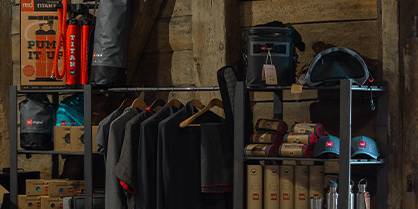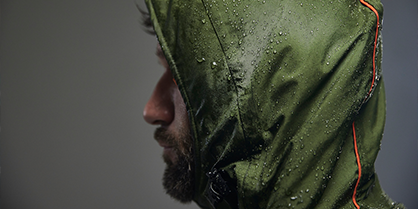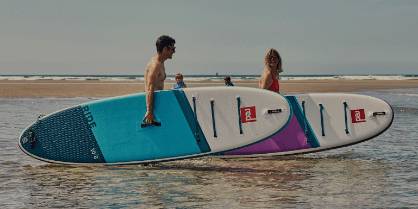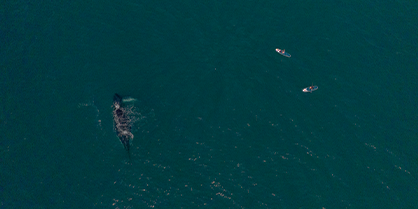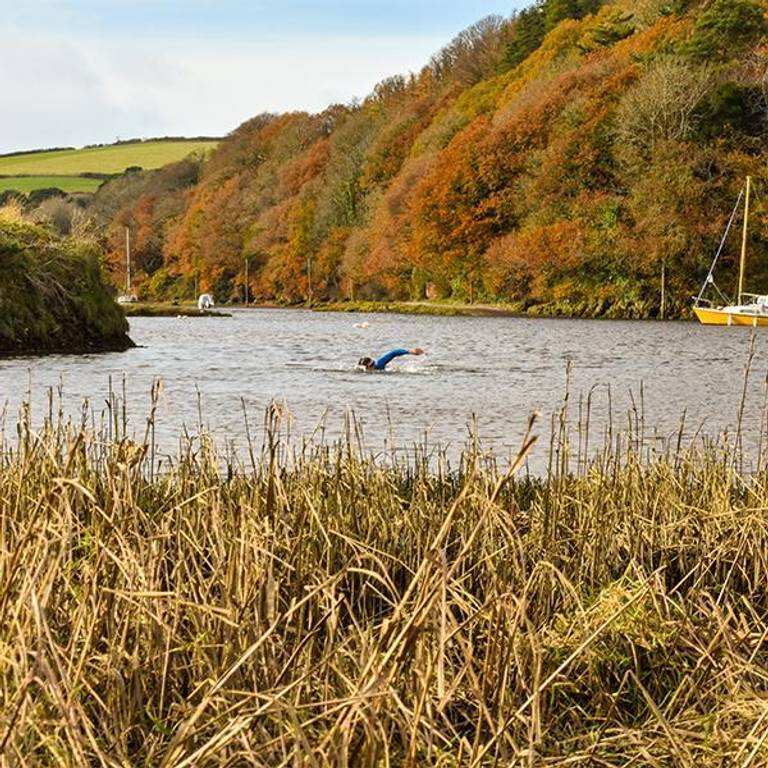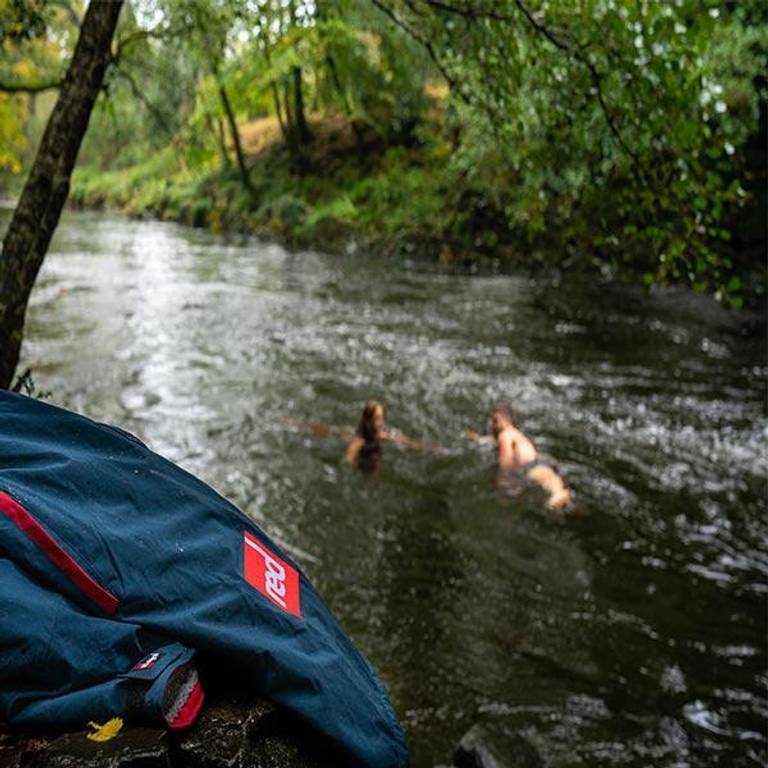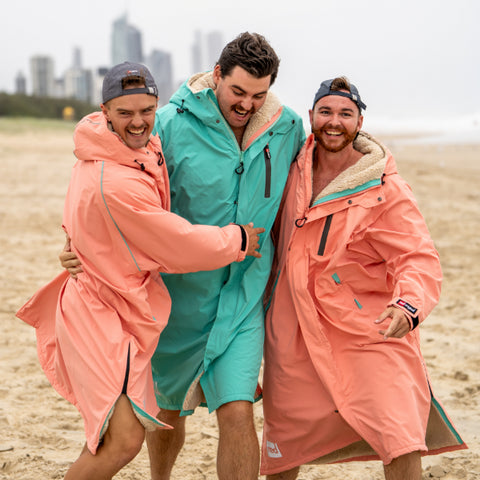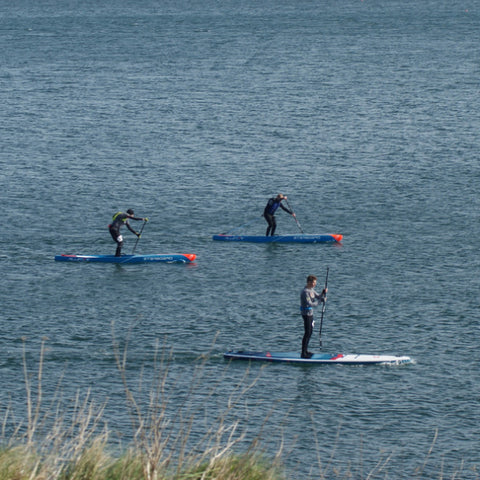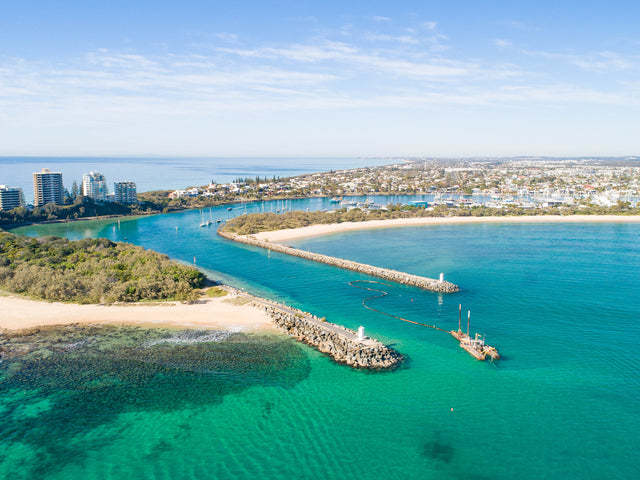
If you’ve never done open water swimming before then the prospect may seem a little daunting at first. Open water swimming is very different to swimming in a pool, and comes with its own unique set of challenges. However, if you’re reading this article then we can only assume that you’re up for the challenge?!
So, if you’re considering taking up open water swimming as part of your training for a triathlon or event, or simply for leisure purposes, the following guide should help you get started. In order to help you enter the water safely and with confidence, it’s important to be aware of the following factors.
Build your endurance in the pool
With tides, currents and cold temperatures to contend with, open water swimming is a lot more physically demanding than swimming in a pool. That’s why it’s important to build your physical endurance in the pool before stepping foot in open water. You should be able to swim confidently in the pool for at least 2x the amount of time that you plan to swim in open water. This is because fatigue sets in far quicker when you’re swimming in the sea or a lake, reservoir or river. As you improve your technique as an open water swimmer, you should be able to change your stroke in order to adapt to the changing conditions and counter fatigue.
Practice Your Technique
As we just mentioned, strong open water swimmers are able to adapt their stroke in order to suit the conditions. In choppy water, short, shallow strokes can help you stay closer to the surface of the water, whilst longer, deeper pulls are more efficient in calmer waters. When you’re training in the pool, practice alternating between long, deep pulls and short, shallow pulls. It’s also important to alternate your breathing. Whilst most swimmers will have a preferred side for breathing when it comes to open water swimming, you can’t always rely on unilateral breathing as wind, waves, and current can make this difficult. In order to reduce panic, make sure that you can breathe on both sides so that you’re prepared for any conditions.
Learn Not To Rely On The Wall
When swimming in a pool, you’ll be used to pushing off the wall or bottom of the pool in order to stop, start and change direction. In open water, unfortunately, you won’t have this luxury which is why it’s so important to practice changing direction without any support. Stopping and starting in the water without anything to push off can be challenging and so when you’re training in the pool, be sure to practice turning without the help of the wall as well as treading water so that you’re used to it by the time you take your first swim in open water.
Practice Sighting
In swimming pools, you’re guided by lanes that help you to swim in a straight line. In open water, you don’t have this guidance, meaning that something as seemingly simple as swimming in a straight line can prove very difficult. The skill of ‘sighting’ is the key to being able to swim directionally in open water. This involves regularly searching for landmarks during your swim to ensure that you are moving in the right direction in the water. In order to do this you need to take a stroke and breathe to the side as normal, but then rotate your head forward and lift your goggles out of the water to gaze at what’s in front of you. You can practice sighting in the pool by placing objects on the poolside to spot as you swim.
Make Sure You’ve Got The Right Gear
With cold temperatures and challenging tides, waves, or currents to contend with, it’s essential that you’re wearing kit that will keep you warm and allow you to swim safely without hindering your performance. Wetsuits are essential. Not only do they keep you warm, wetsuit material also offers some level of buoyancy. You also want a high-quality pair of goggles as well as a bright-coloured swimming cap to keep your hair out the way, keep your head warm, and ensure that you are easy to spot in the event that you should run into trouble. Attaching a tow float to your person will also increase visibility whilst giving you something to rest on if you start to feel tired.
If you’re especially susceptible to the cold then it’s also a good idea to wear thermal hats, boots, and gloves. When you exit the water, it’s important that you warm up quickly, which is why you should always have a thermal flask with a hot drink on standby. We also recommend our fleece-lined waterproof changing robes, which are made from moisture-wicking material to help you warm up quickly and comfortably, whilst allowing you to get changed after your swim without any hassle.
Stay Calm & Relax
The cold is one of the biggest challenges faced by open water swimmers, and it’s important to remember that even when swimming during the summer, the same risk of cold and pull from tides and currents still exists. When you first step into cold water it can create shortness of breath and make your chest feel tight. Don’t panic, and instead control your breathing, and your body will soon adapt to the change in temperature. If you can, submerge yourself into the water gradually rather than jumping straight in. This will help prevent the feeling of shock. Half the battle when it comes to how to train for an open water swim is learning to relax into it and be confident.
For more open water swimming essentials from Red Original, including our quick-dry microfibre towel, have a browse of the rest of our swimming section.

